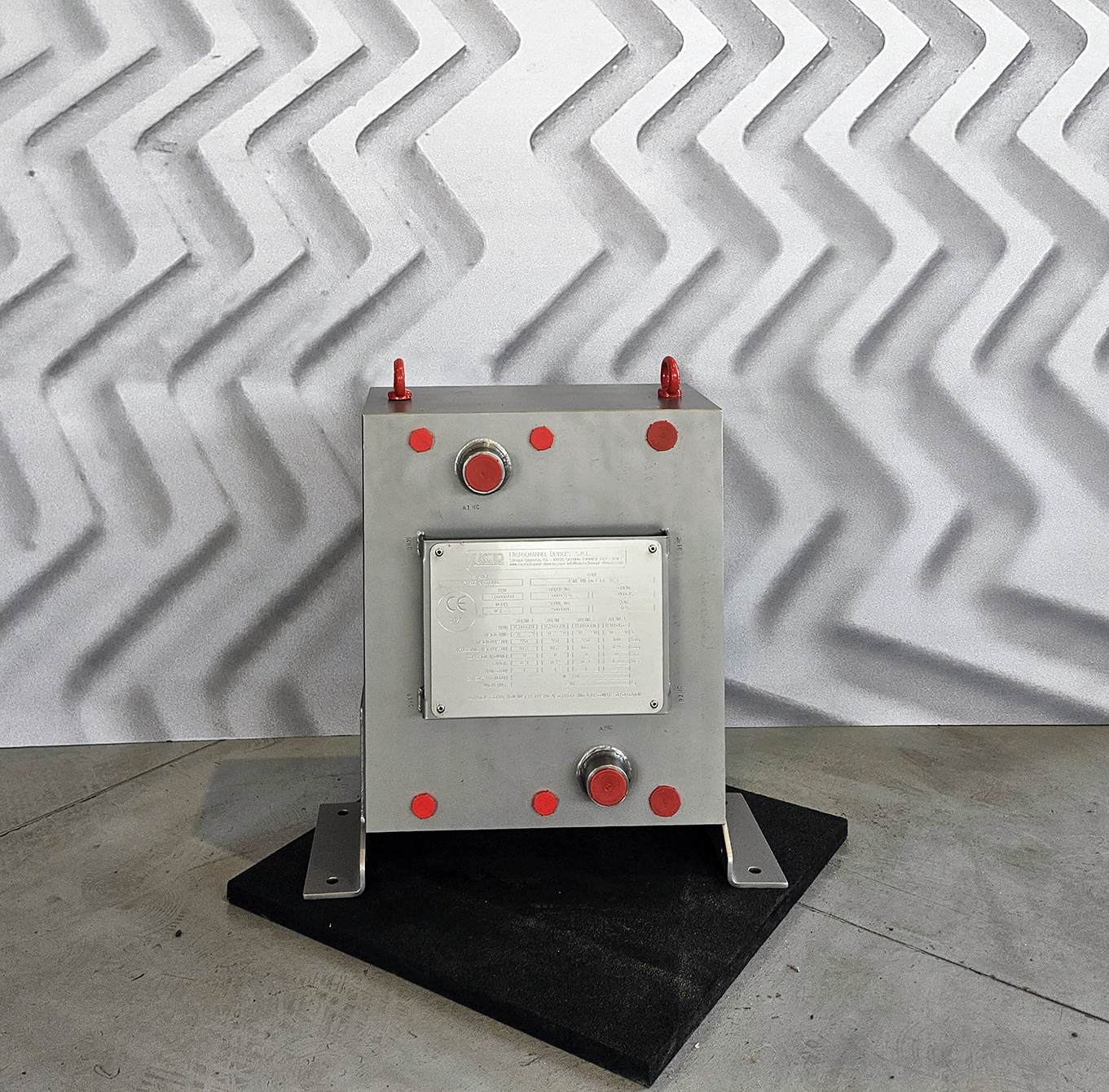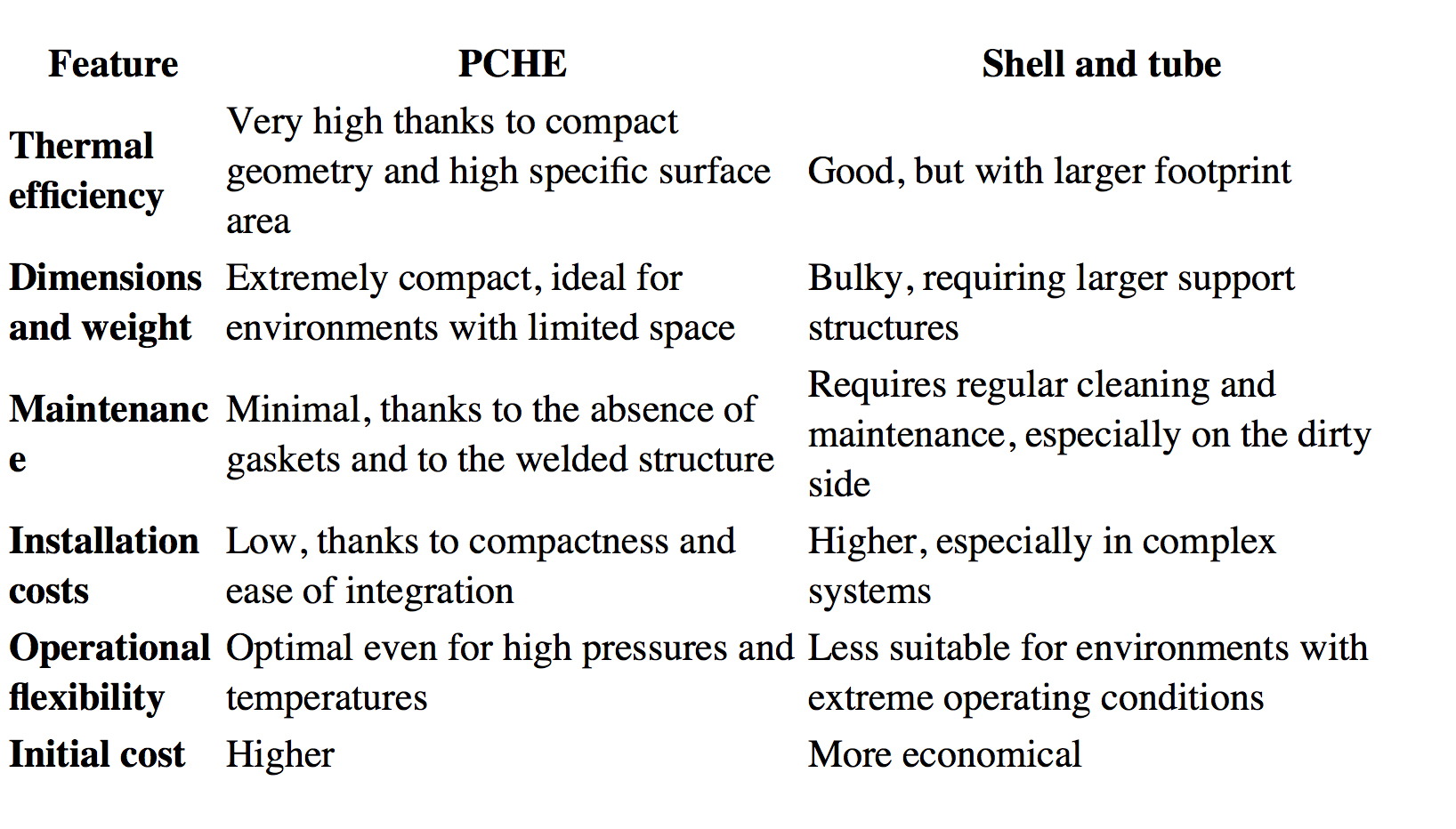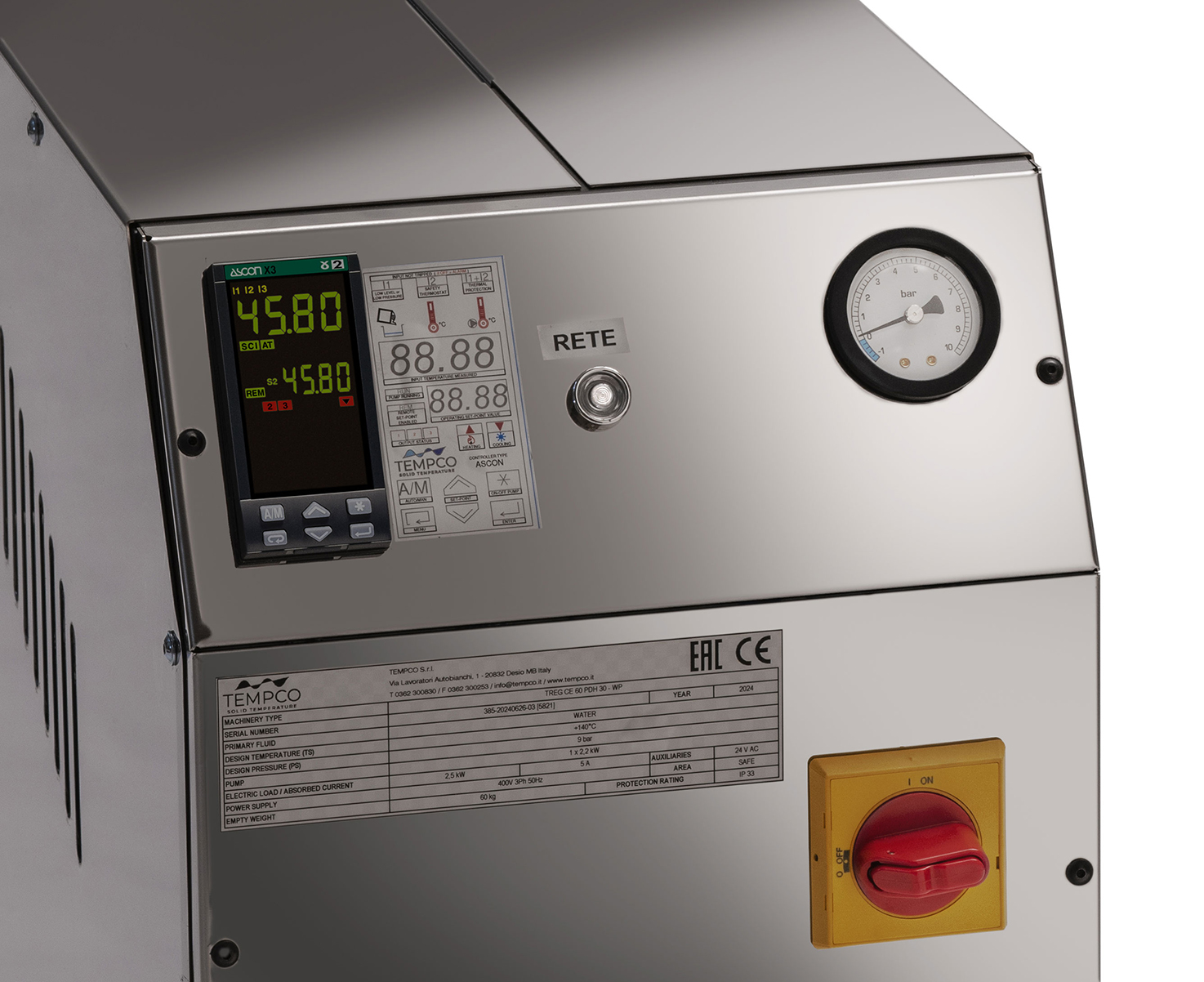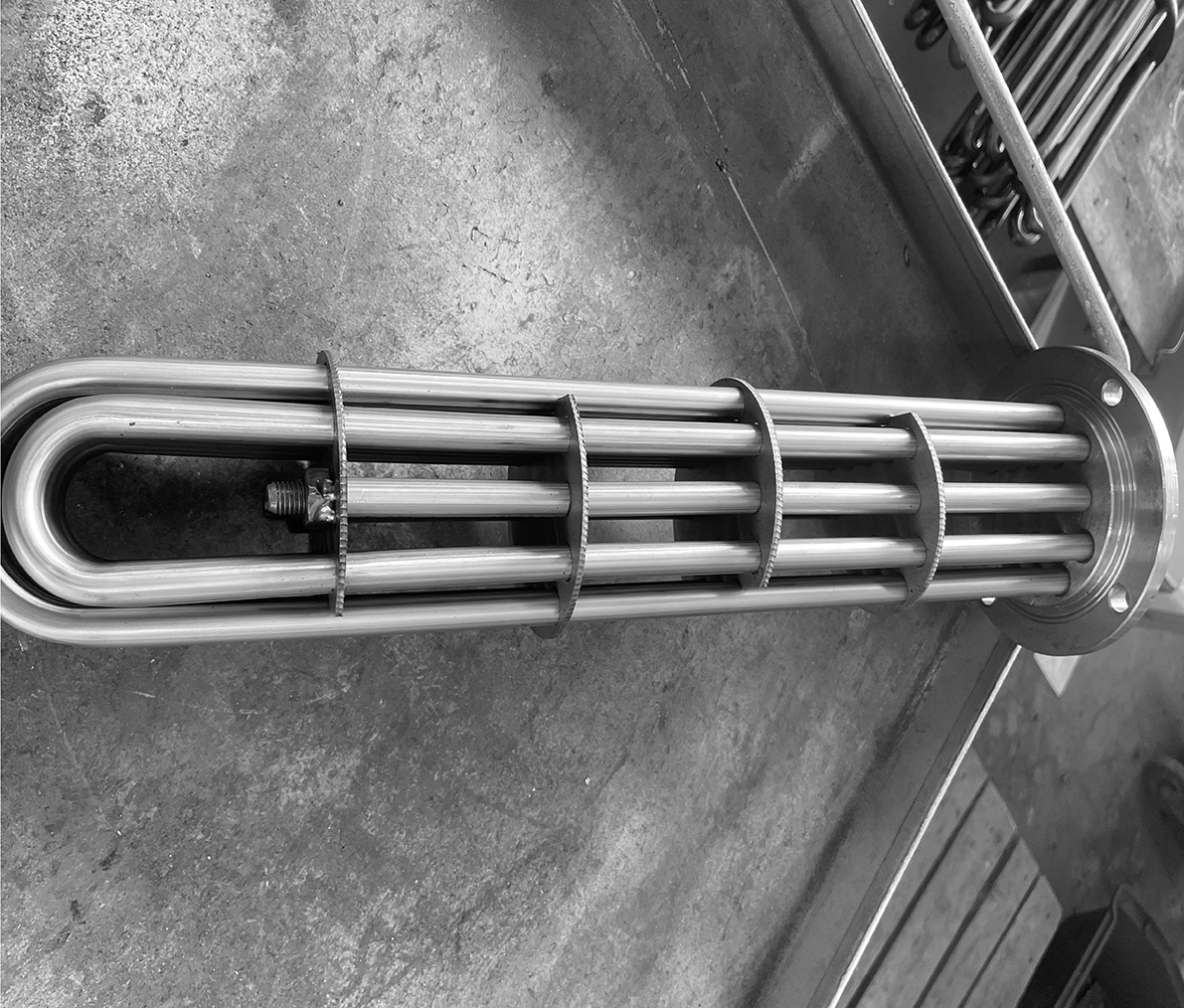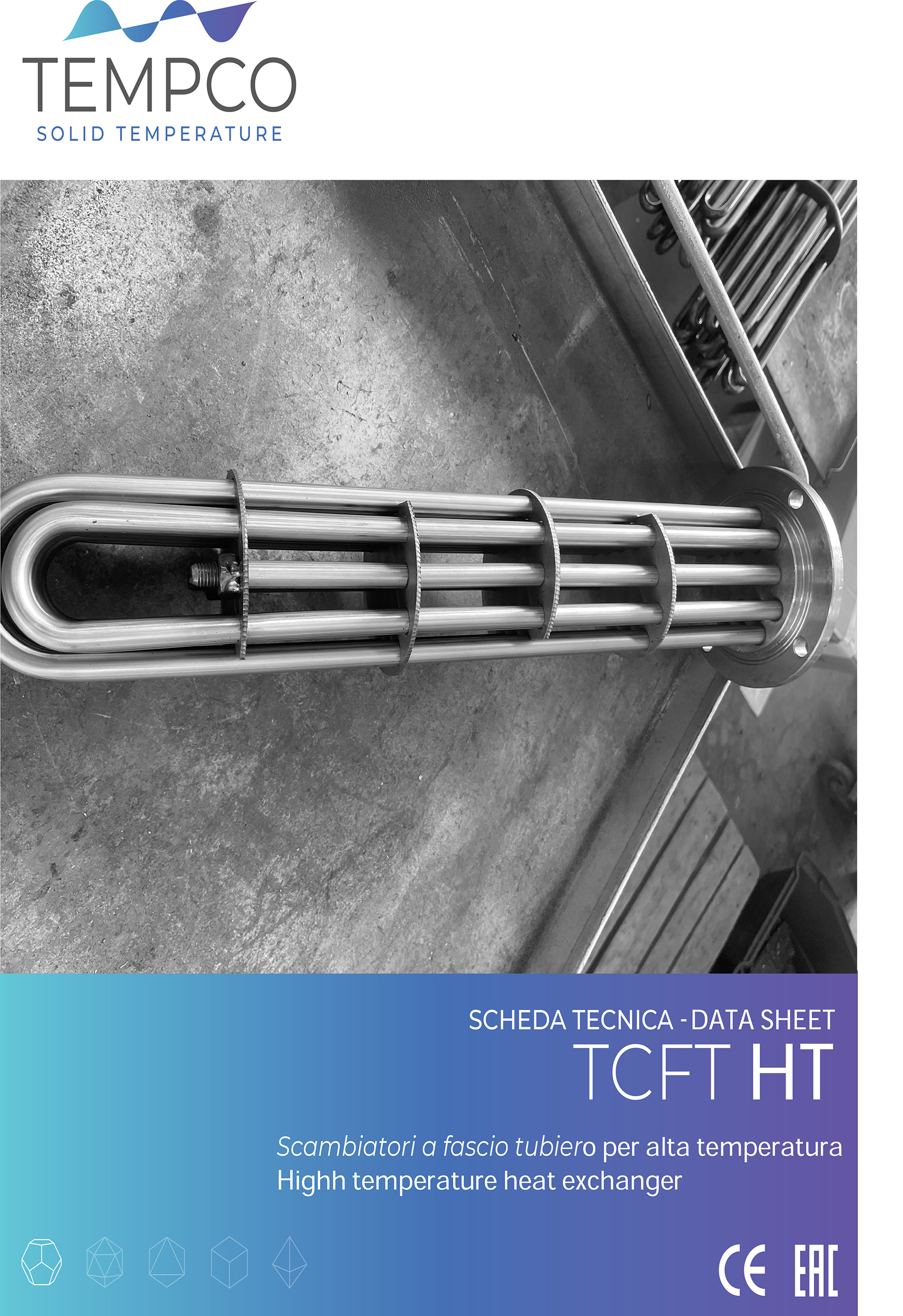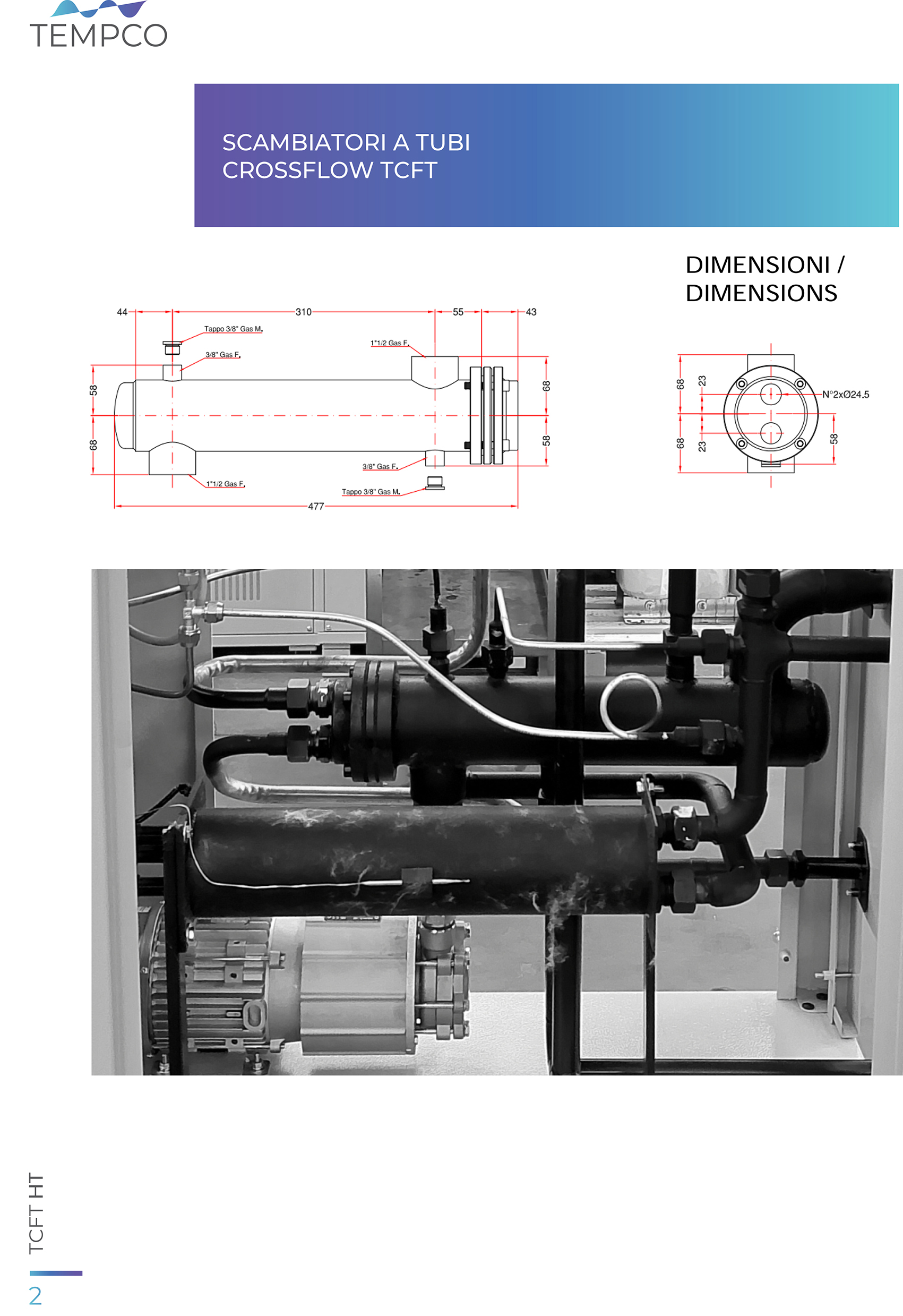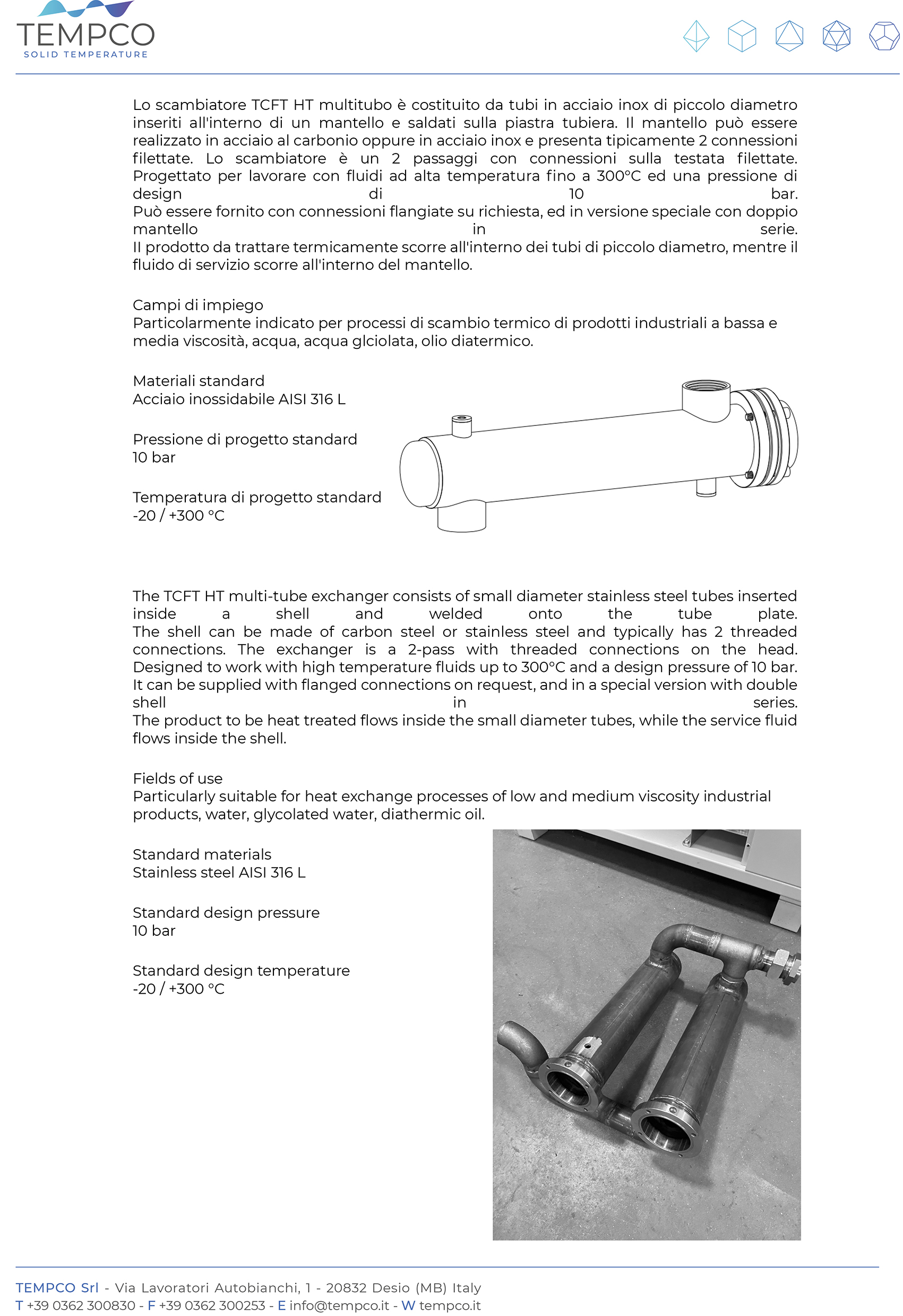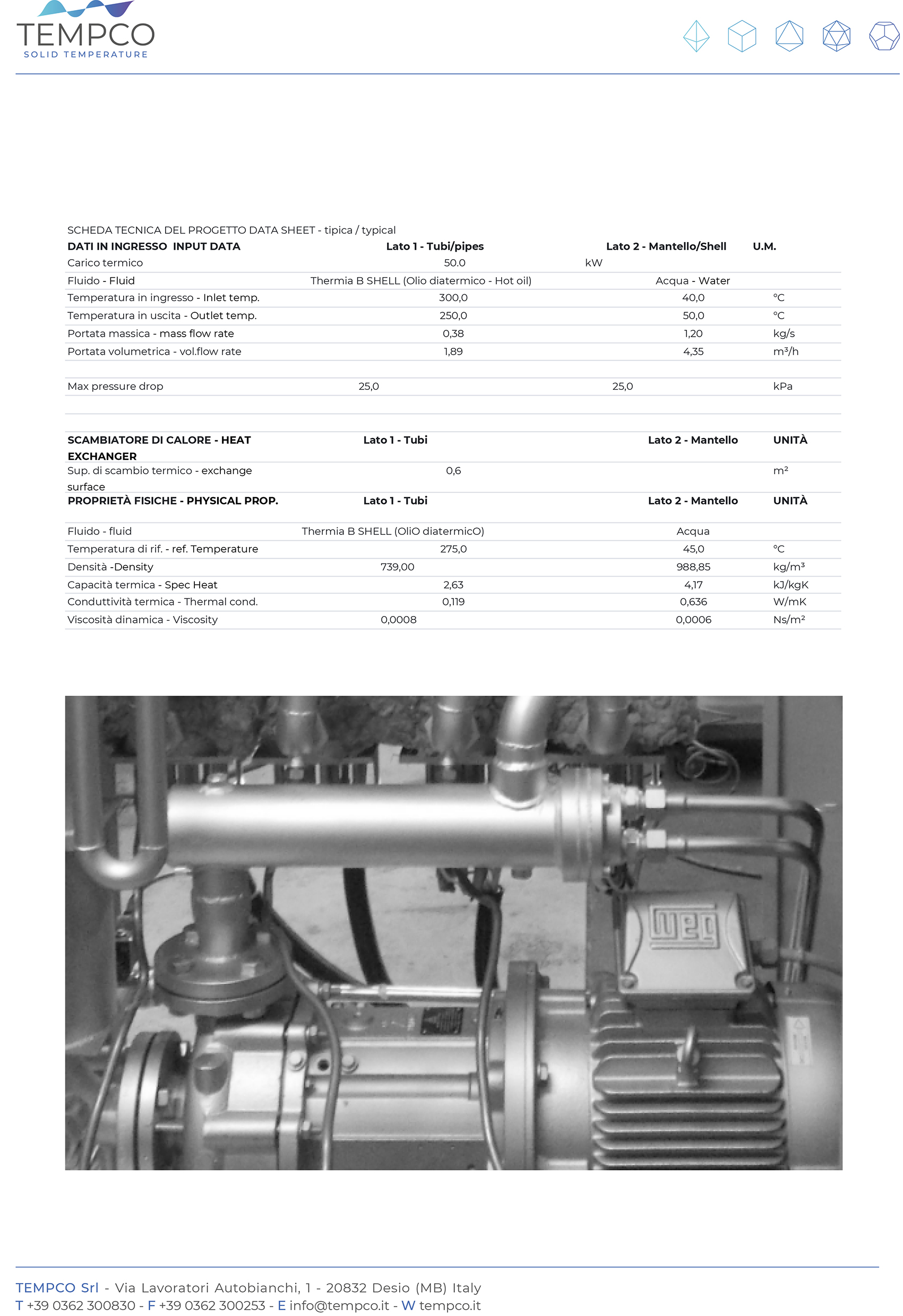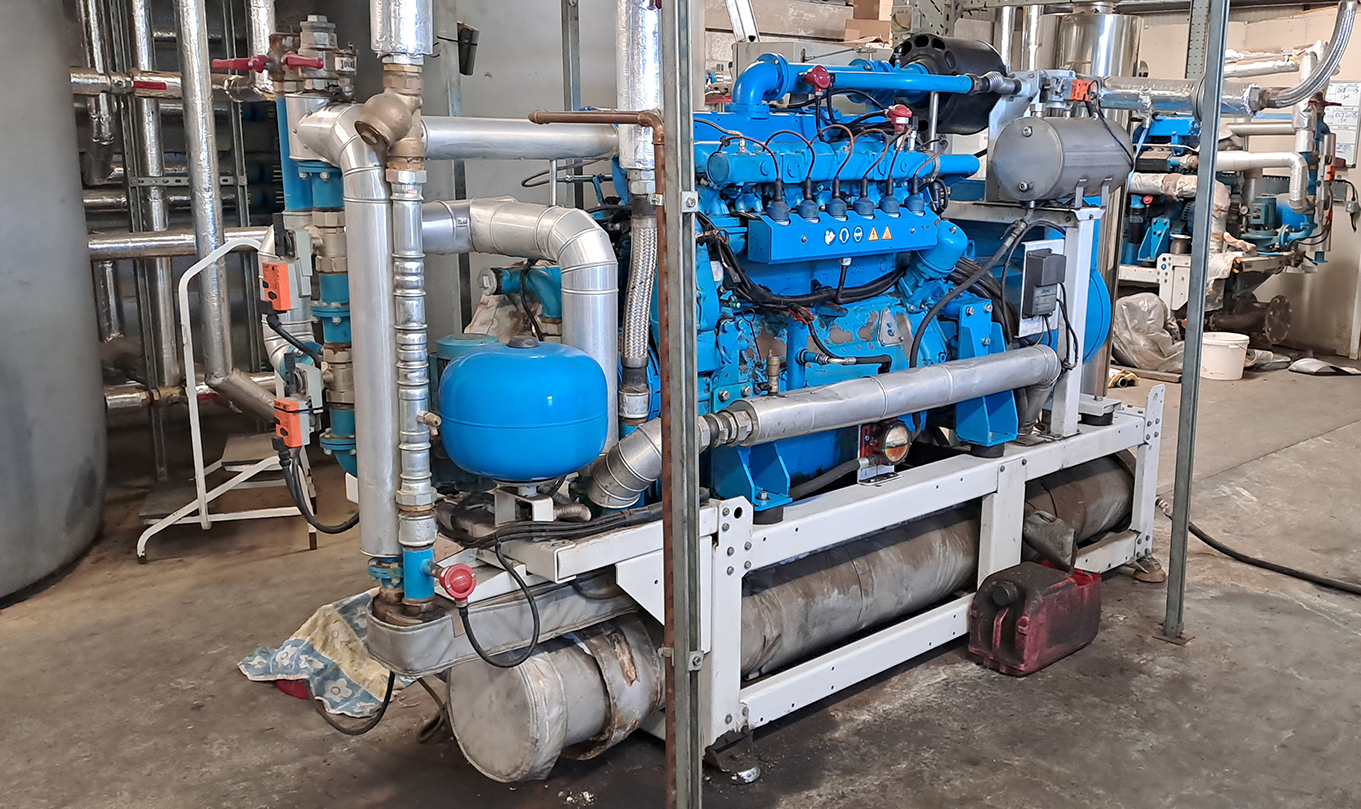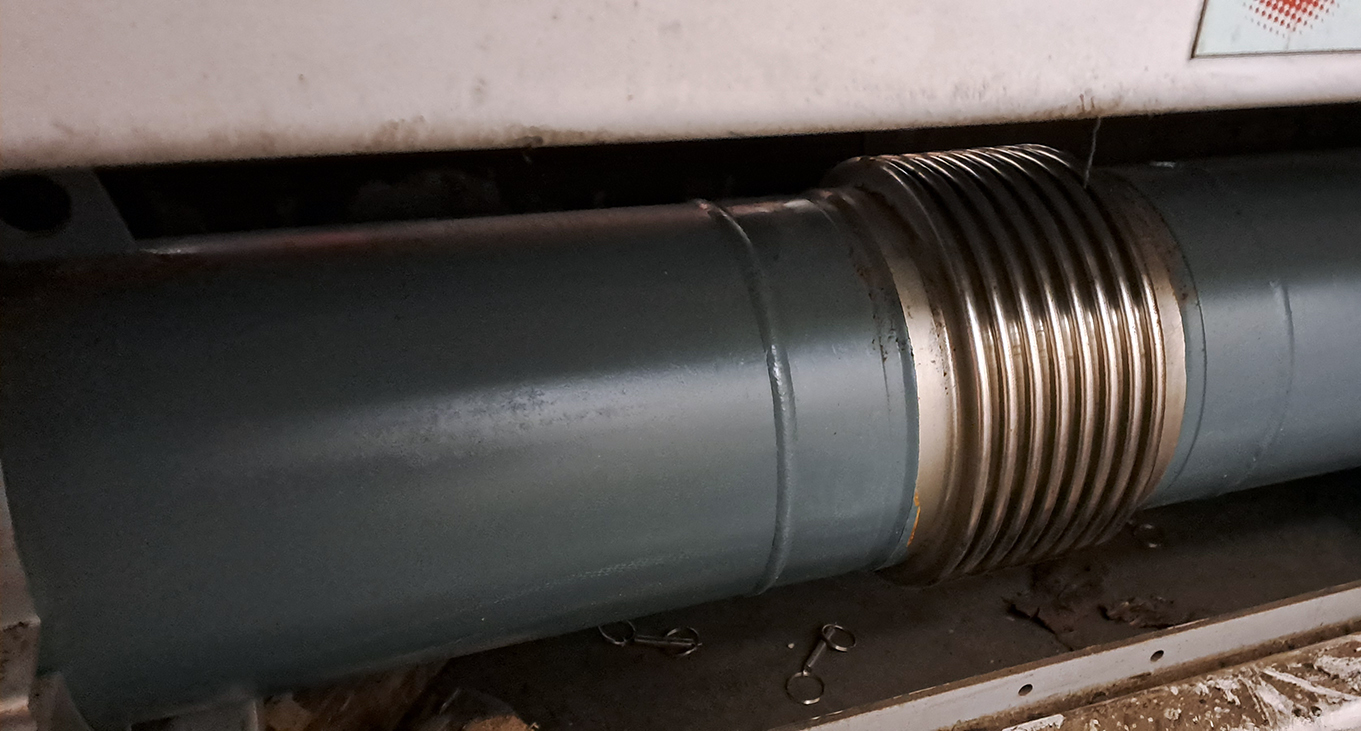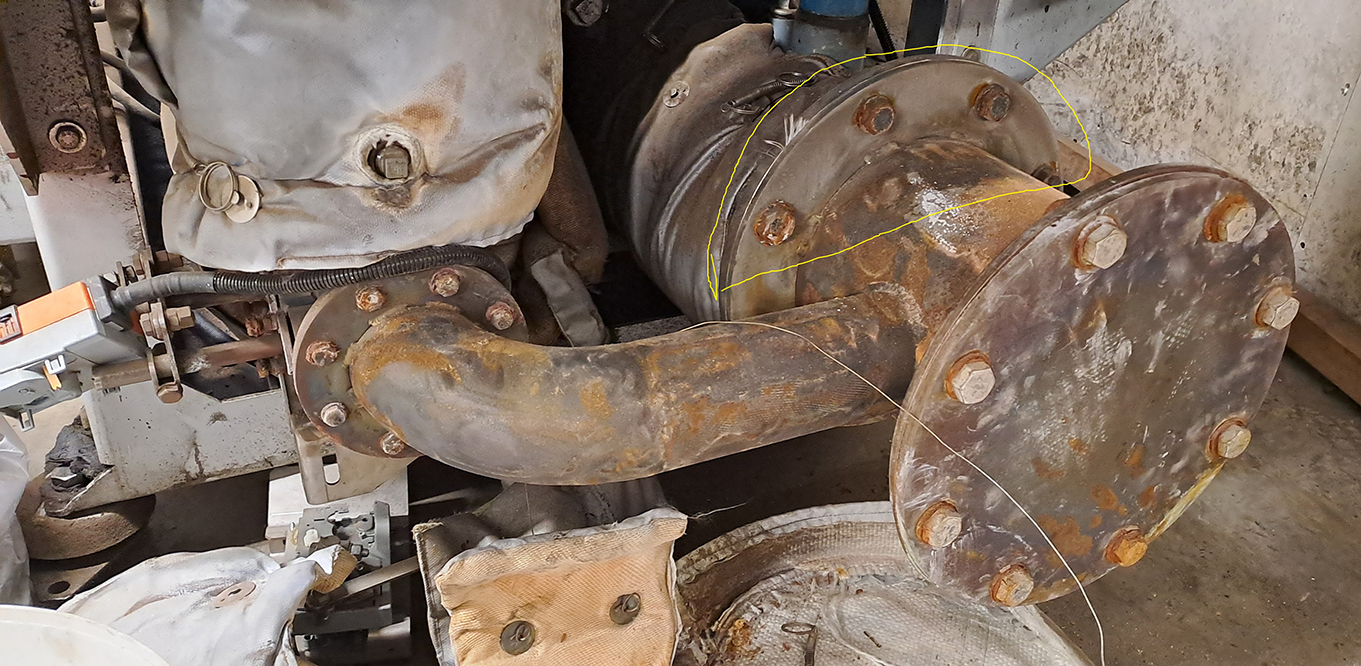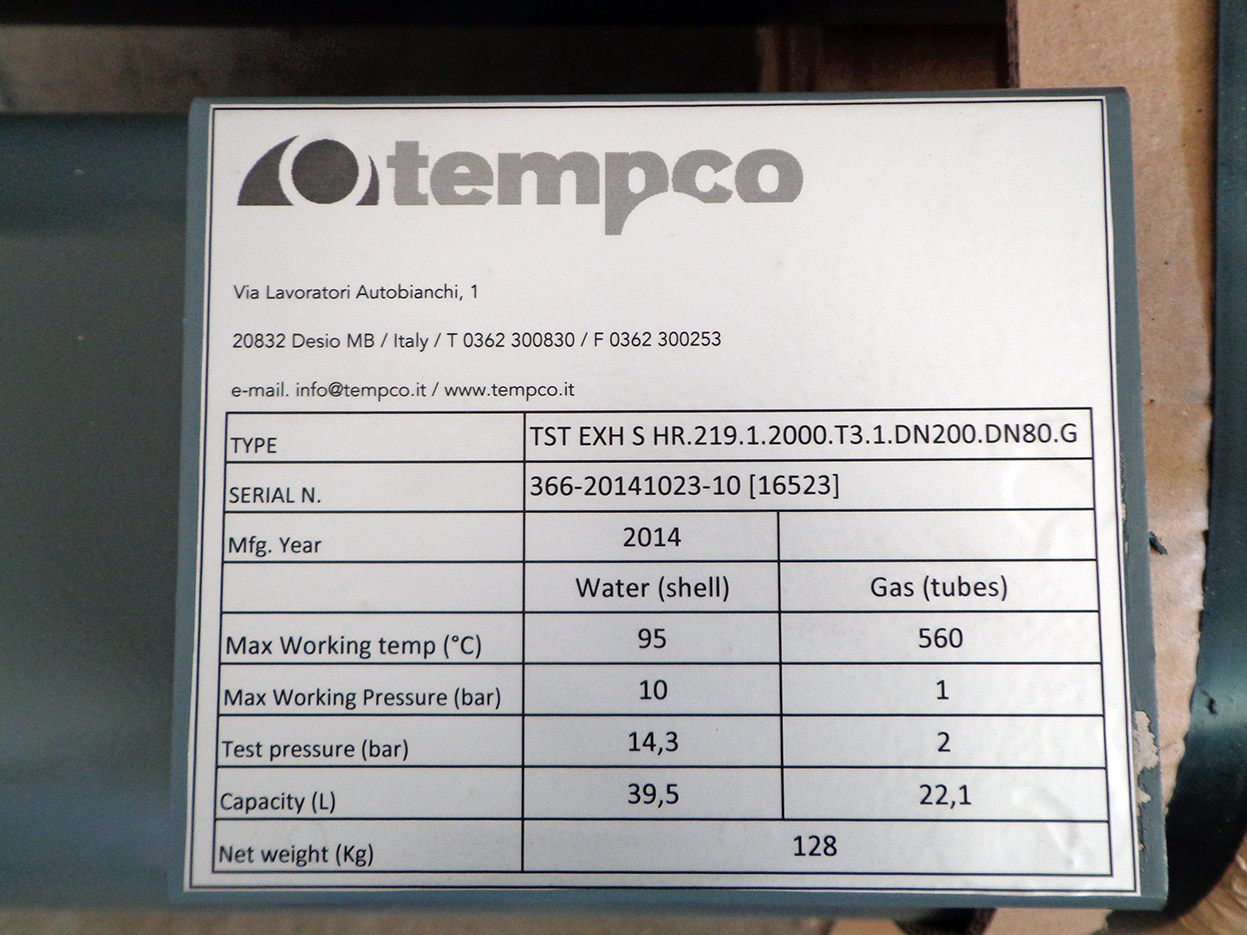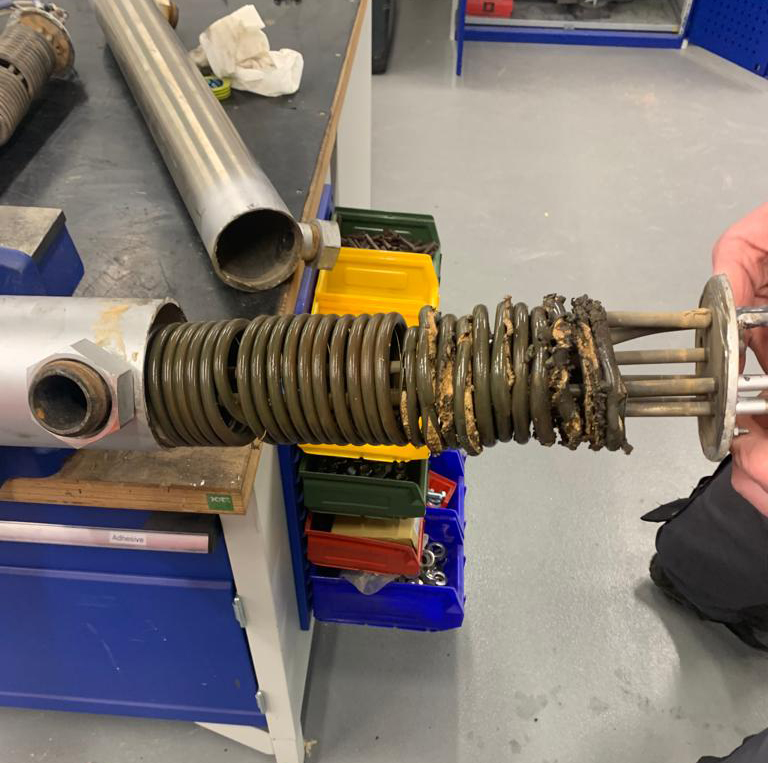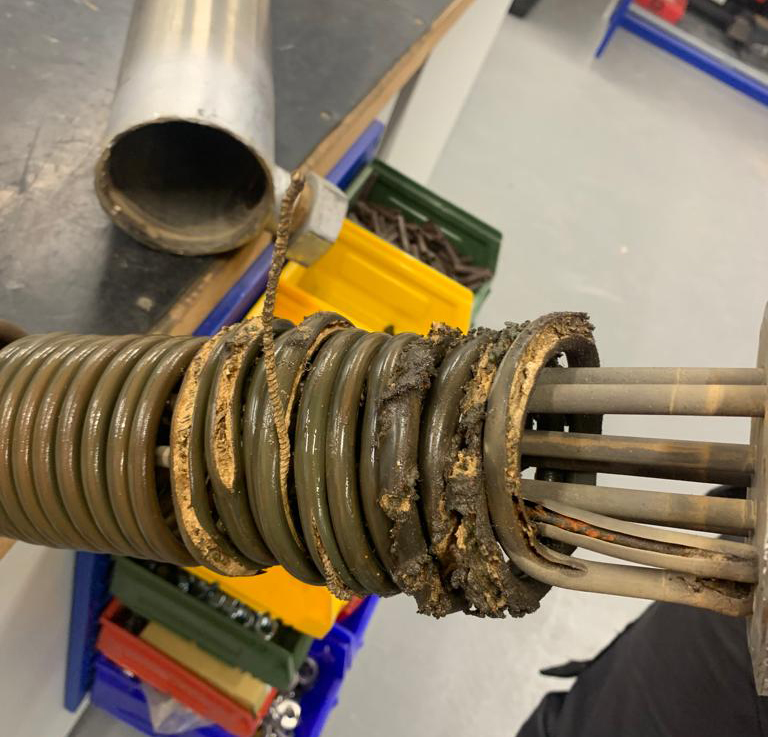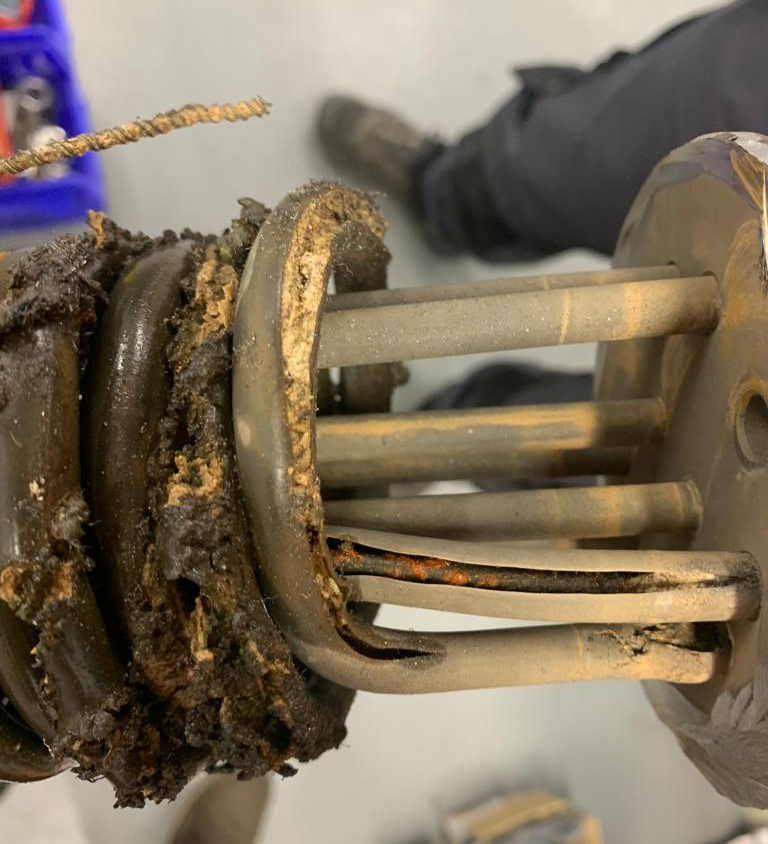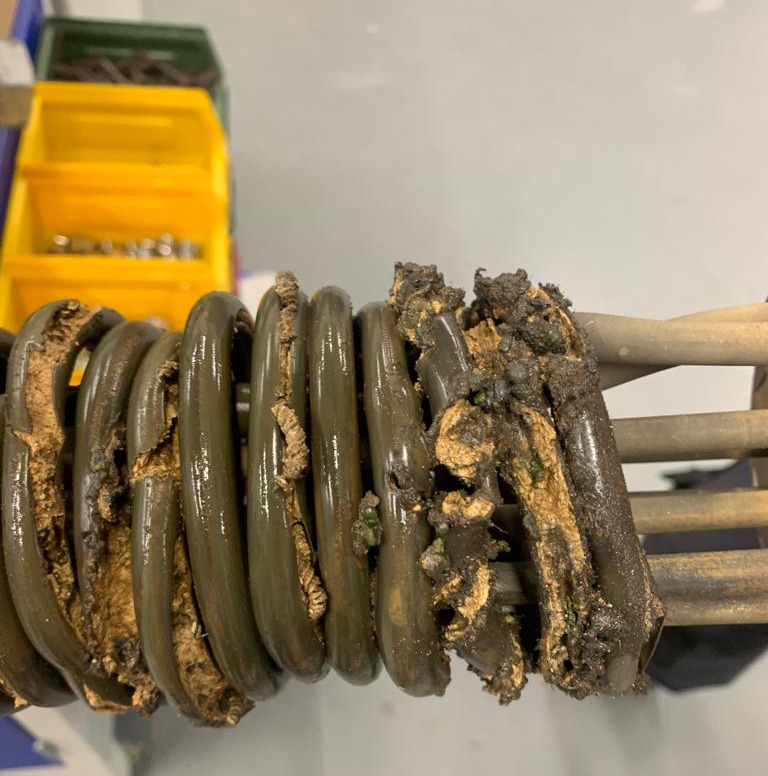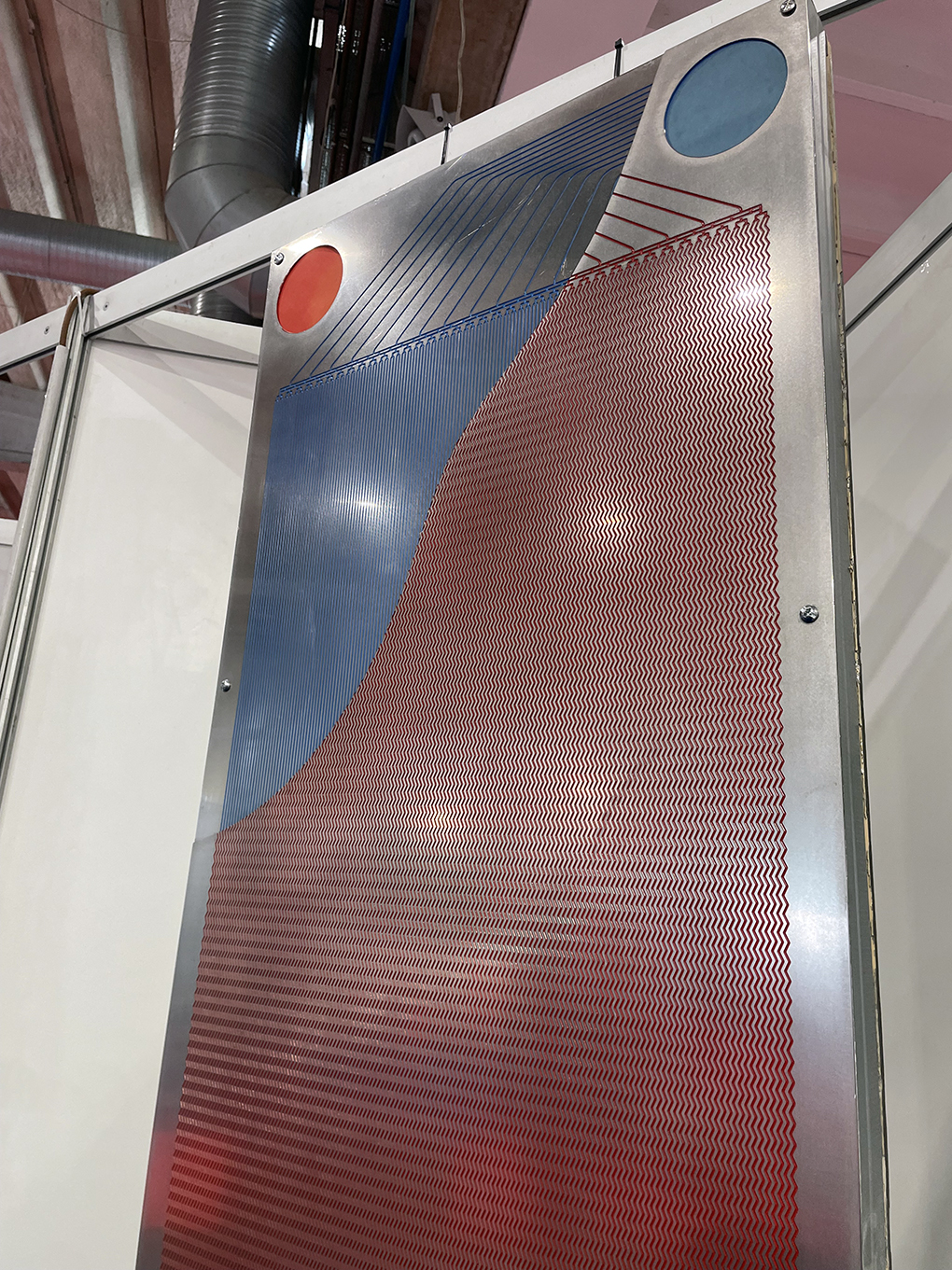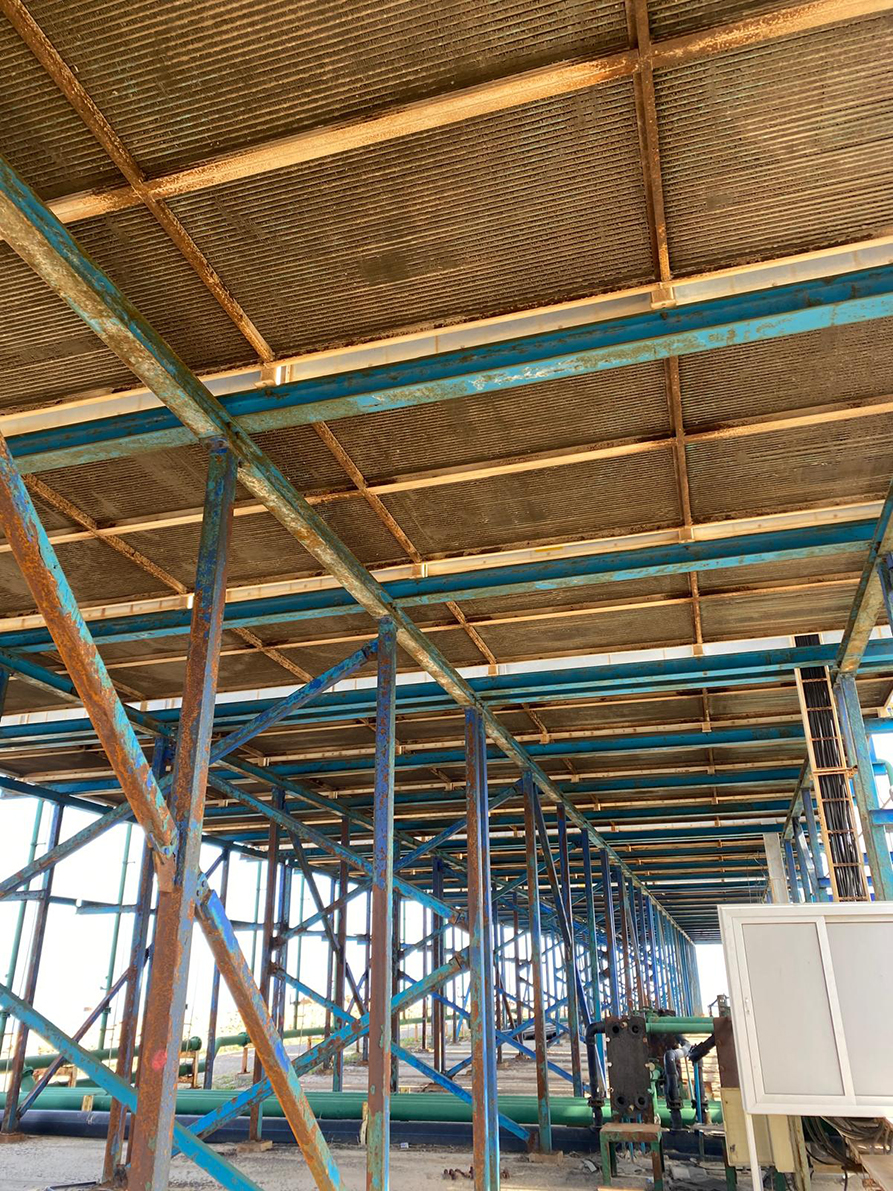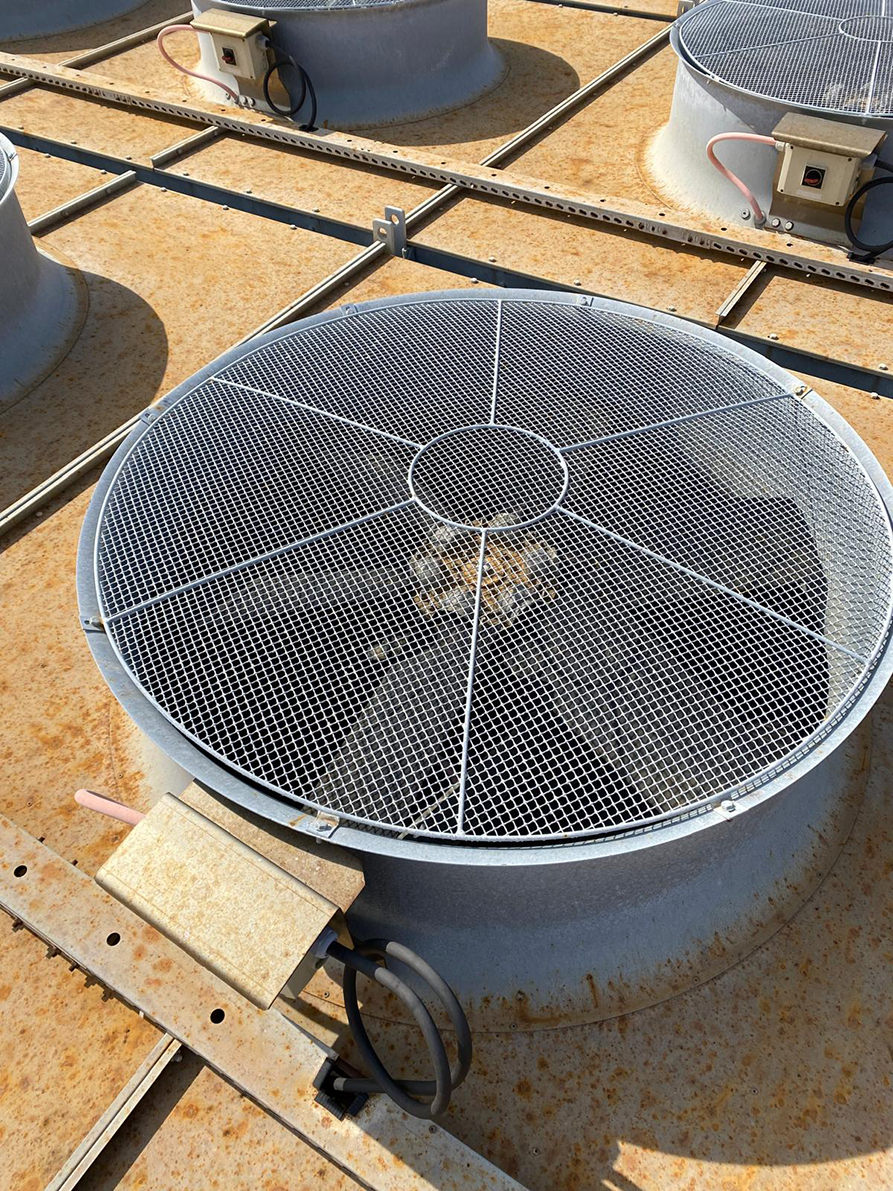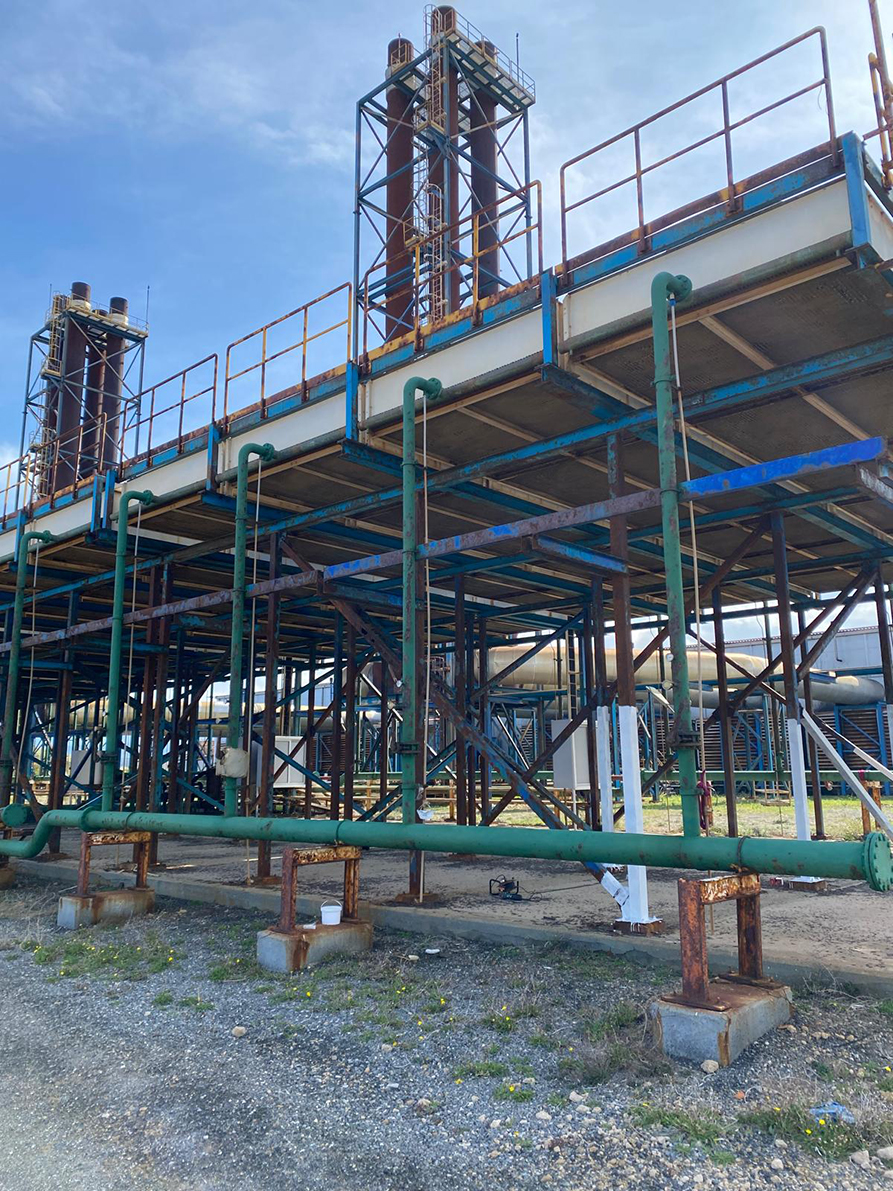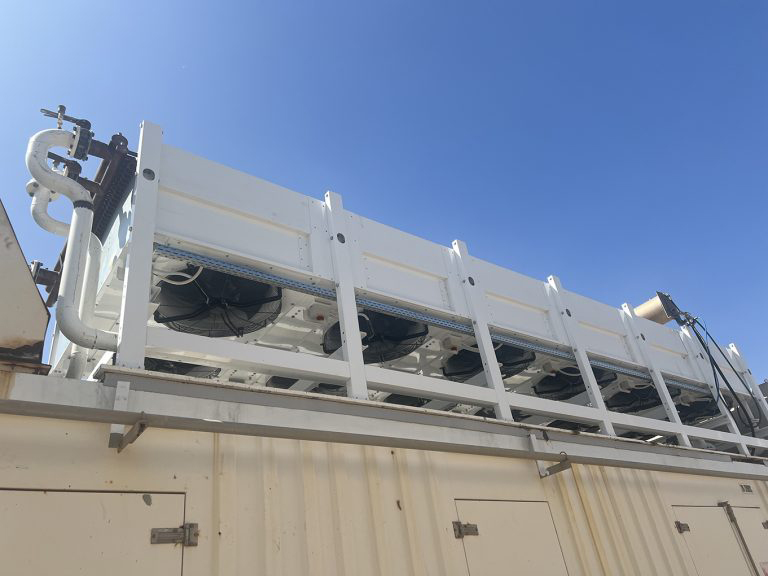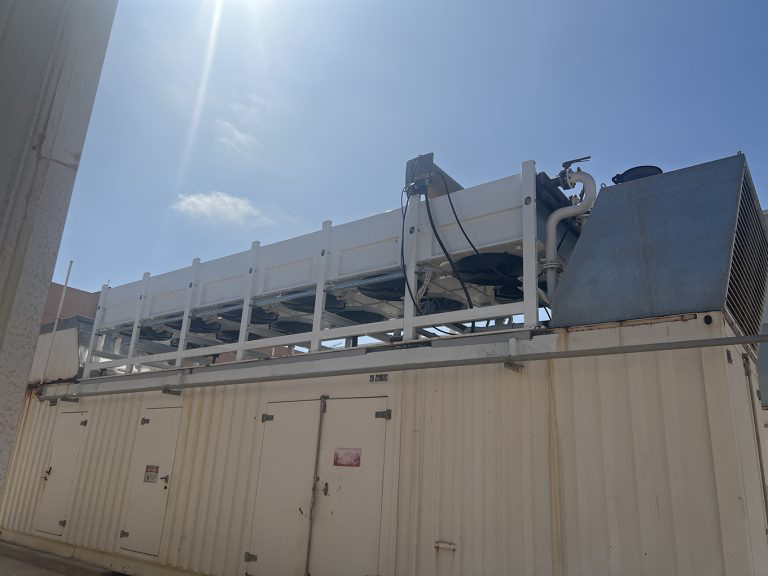We’ve previously discussed the importance of heat management and the use of thermoregulation units in chocolate production. This fascinating and thermally sensitive production process involves a multitude of chocolate processing steps that require precise and accurate temperature control to achieve a high-quality product.
The overall production starts with the roasting process, the first step in transforming cocoa beans into chocolate. It’s during this crucial phase that the product’s characteristic aromas develop, when the beans are heated to temperatures between 110 and 160°C. This is a highly delicate step, as each cocoa variety requires very specific temperatures to fully release its aromatic potential without burning.
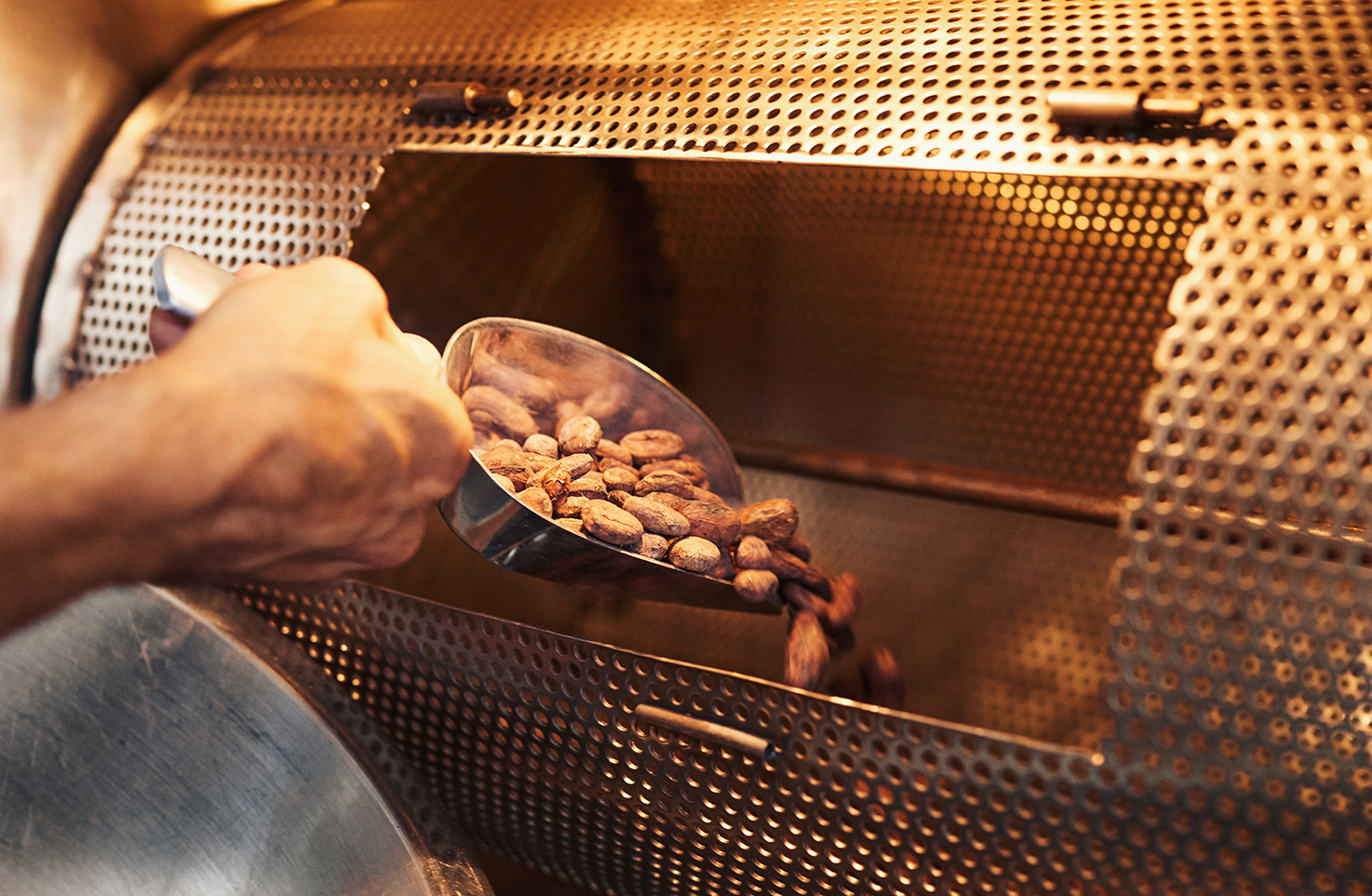
This is where Tempco‘s temperature control units are employed, ensuring precise temperature control, preventing sudden changes that could ruin the product and compromise the entire manufacturing process. Furthermore, maintaining a stable temperature throughout the roasting phase helps preserve the cocoa’s nutritional and organoleptic properties. Perfect roasting, enabled by precise temperature control, is the foundation for creating high-quality chocolate that can compete on the market.
We will soon dedicate further articles to the subsequent phases, and the temperature control applications required for the refining, conching, tempering, and shaping with final cooling, respectively.

